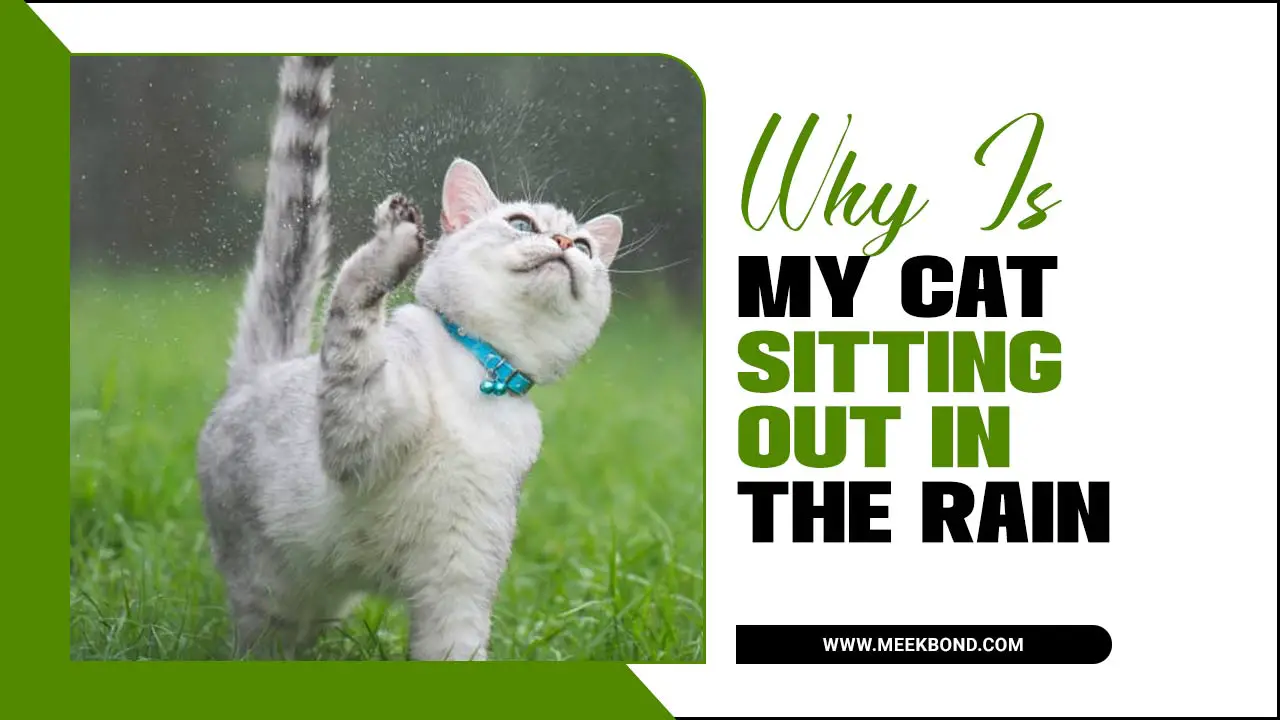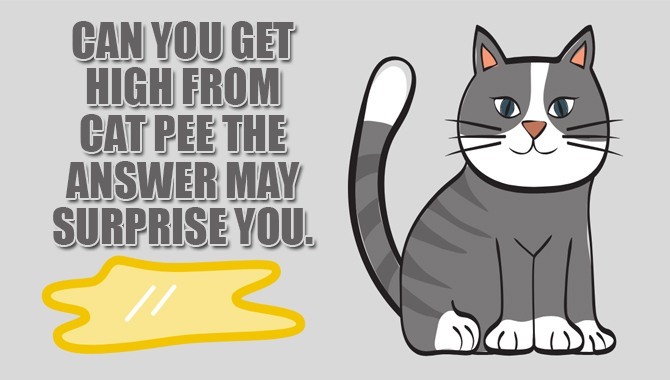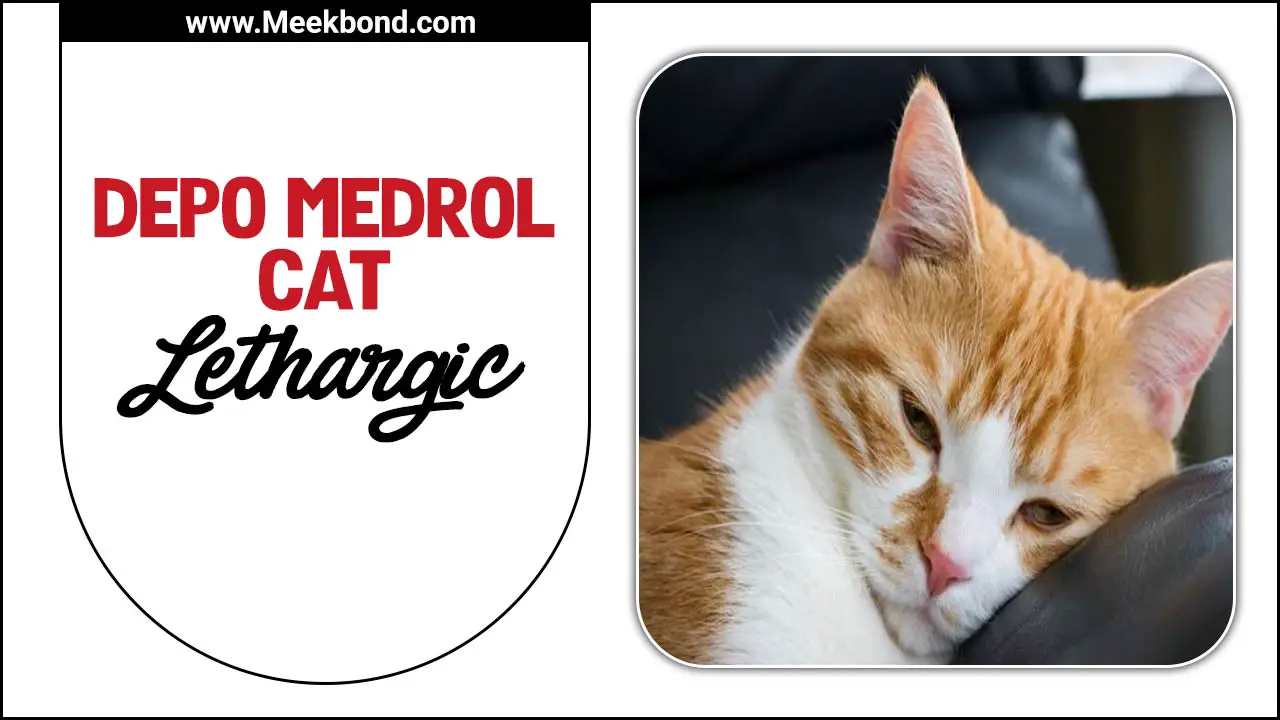Cats are popular for their independent and aloof nature, but there is nothing quite as comforting as having a furry feline companion curled up on your lap. So, it can be quite disheartening when your once lap-loving cat suddenly decides to no longer sit on your lap.
As a responsible and caring pet owner, it is natural to wonder why this change in behavior has occurred and what can be done to get your cat back onto your lap. We will explore the potential reasons behind “Why won’t my cat sit on my lap anymore?”.
And provide practical tips on how to re-establish this special bond with your feline friend. Whether you are a long-time cat owner or a first-time pet parent. Understanding the reasons behind your cat’s behavior and implementing the right strategies can help bring back those cozy lap cuddles.
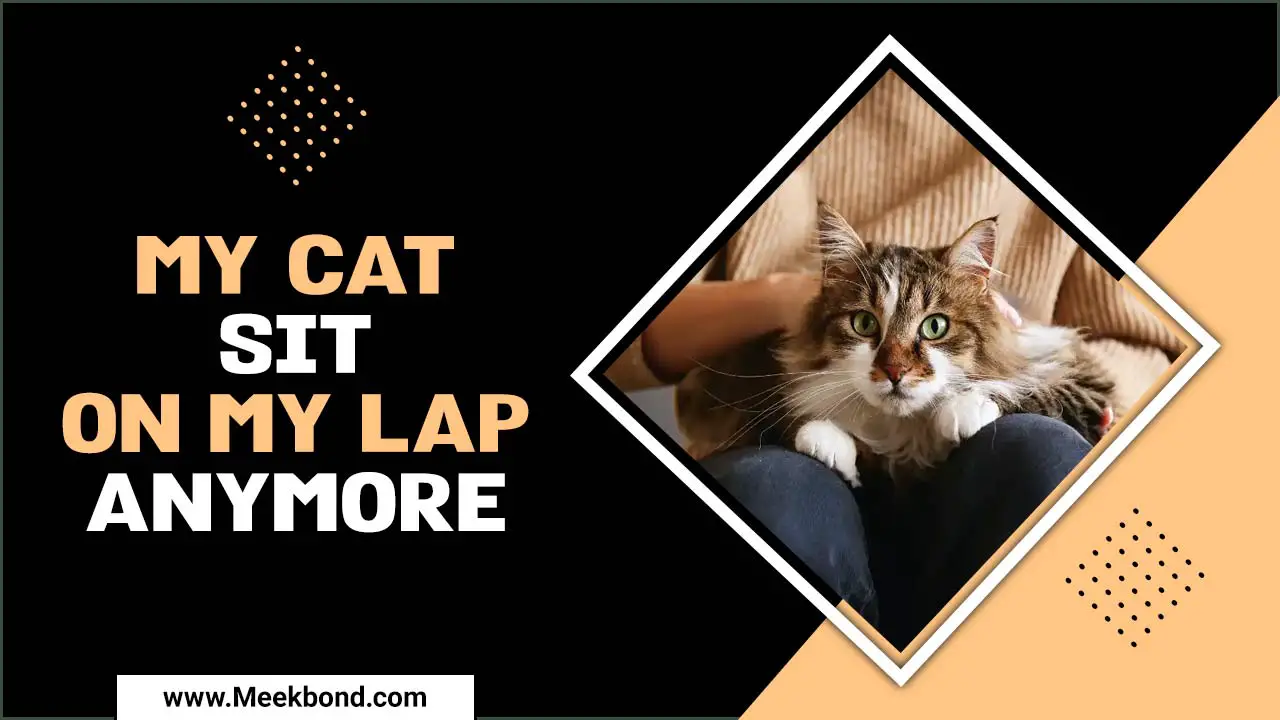
5 Reasons Why Won’t My Cat Sit On My Lap Anymore?
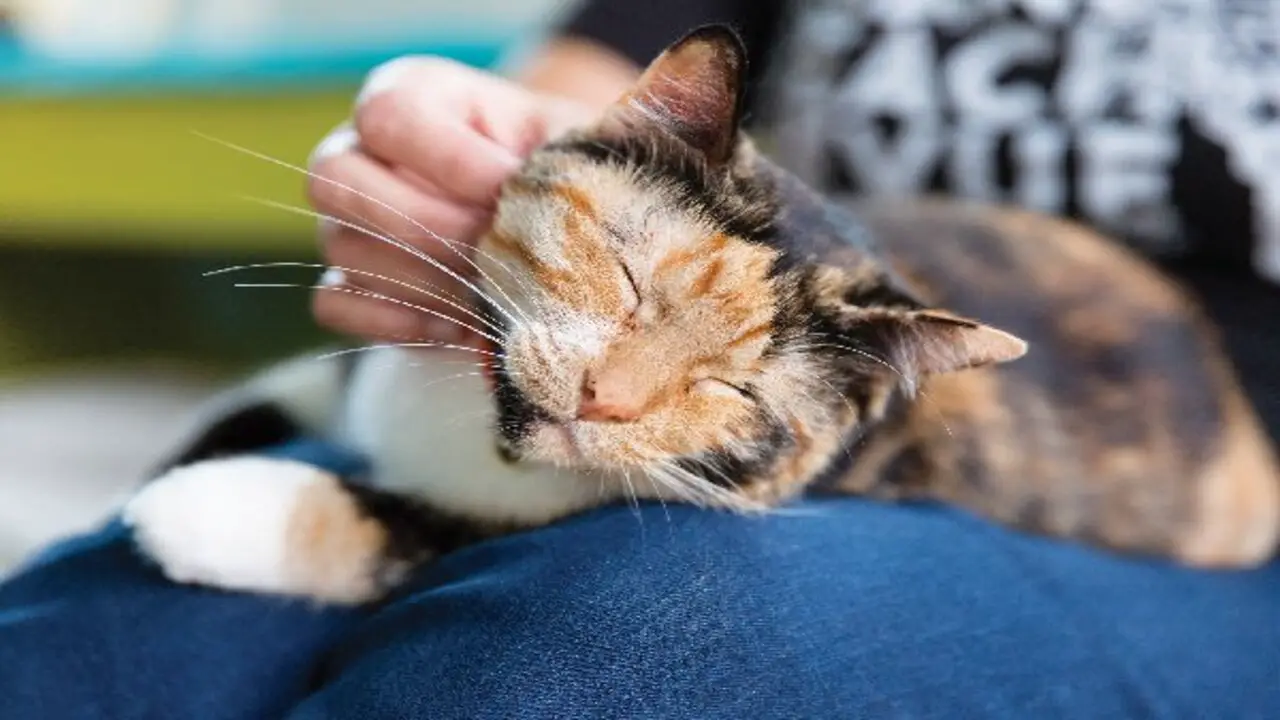
If your cat used to enjoy sitting on your lap but suddenly stops doing so, it could be due to a variety of reasons. One possibility is that your cat may be sensing a change in your health or well-being. Cats are famous to be highly intuitive animals and may pick up on subtle changes in our body language or scent.
If you have recently been ill or are experiencing any medical issues, your cat may be avoiding sitting on your lap as a way to protect you or because they sense that you are not feeling well. Here are 5 possible reasons why your cat won’t sit on your lap anymore:
1.Changes In Behavior
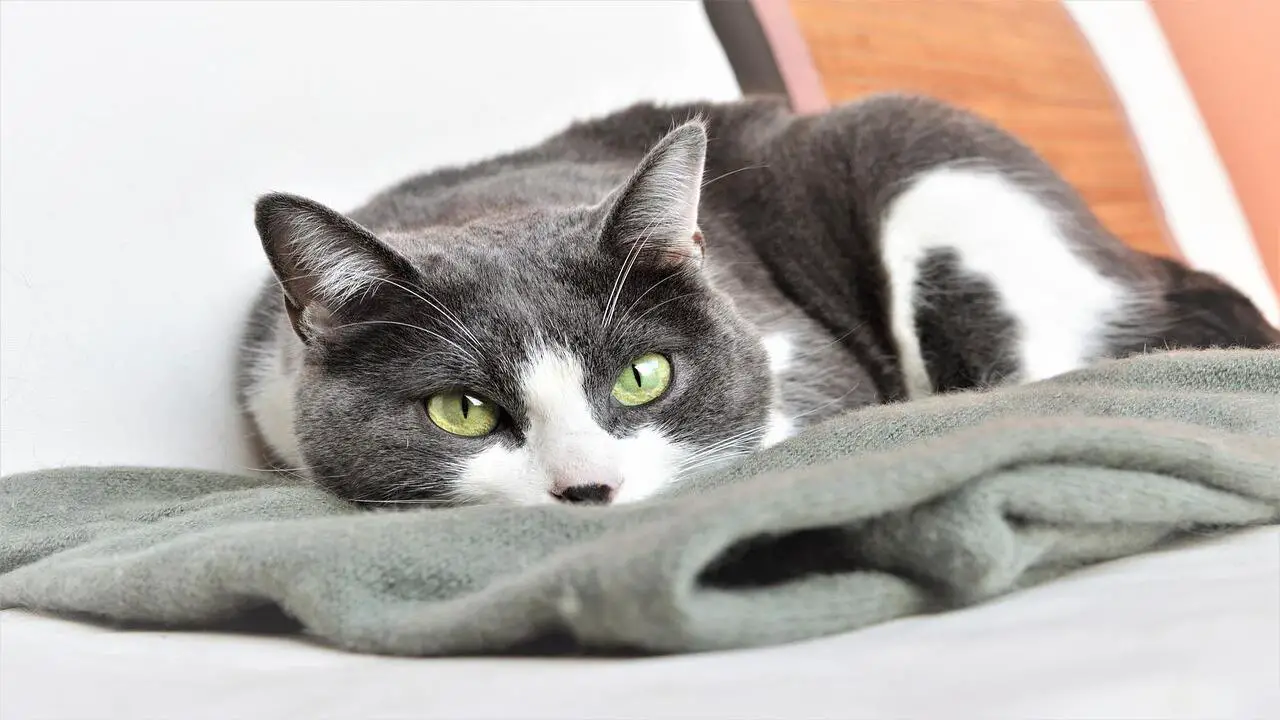
Cats are popular to be creatures of habit, and sudden changes in their behavior, such as not sitting on your lap anymore, could indicate an underlying issue. Changes in behavior can be an indication that something is amiss in your cat’s world. If your cat used to sit on your lap but now avoids it, there could be a variety of reasons behind this shift.
One possibility is that your cat is experiencing discomfort or pain, which makes sitting on your lap an uncomfortable experience. It is important to closely observe your cat’s body language and look for any signs of physical discomfort such as limping, avoiding certain positions, or exhibiting sensitivity when touched. Another reason why your cat may have stopped sitting on your lap could be related to changes in their environment or routine.
2.Discomfort Or Pain
Cats may avoid sitting on laps if they are experiencing discomfort or pain, such as arthritis or other health issues. It’s important to monitor your cat’s overall health and consult with a veterinarian if necessary. One possible reason why your cat might not sit on your lap anymore is discomfort or pain.
Cats are famous to hide signs of pain or discomfort, so it’s important to pay attention to any changes in their behavior. If your cat is experiencing any physical discomfort, such as joint pain or an injury, they may avoid sitting on your lap to avoid aggravating the area.
It’s essential to observe if your cat is limping, showing signs of stiffness, or if they vocalize in pain. If you suspect your cat is in pain, it’s recommended to take them to a veterinarian for a thorough examination and appropriate treatment.
3.Stress Or Anxiety
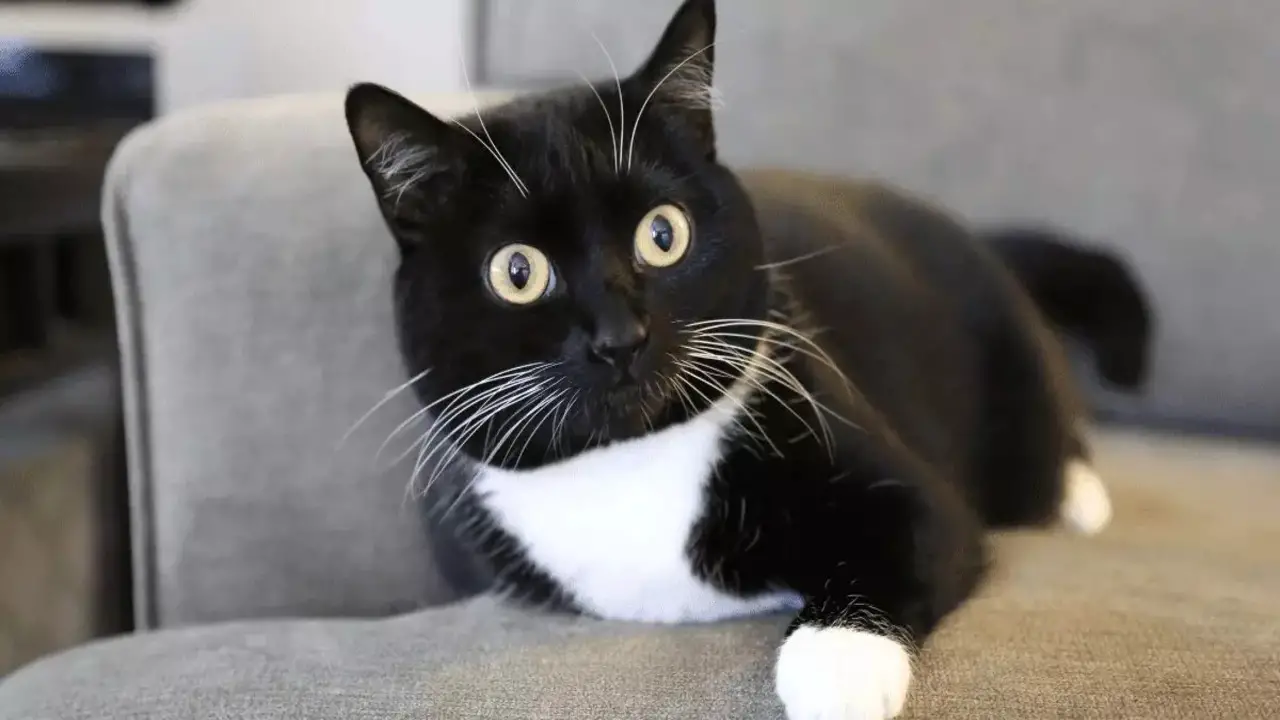
Cats can become stressed or anxious due to various factors, such as changes in their environment, new pets, or loud noises. This may cause them to avoid sitting on laps as a way to seek solitude and reduce stress. One of the possible reasons why my cat no longer sits on my lap could be stress or anxiety.
Cats are known to be sensitive creatures, and various factors can contribute to their feelings of unease. Furthermore, cats are territorial animals, and any disturbance in their territory can cause them to feel anxious.
This could be due to the presence of other animals or even changes in the layout of their living space. Cats rely on routine and familiarity, so any disruptions to their established patterns can cause them to feel uncertain and fearful.
4.Negative Associations
If your cat had a negative experience while sitting on your lap, such as being startled or experiencing discomfort, they may start to associate your lap with negative feelings and choose to avoid it. It’s important to understand that cats are independent creatures with their own preferences and moods.
One possible negative association could be discomfort or pain. Cats may avoid sitting on your lap if they are experiencing any physical discomfort, such as arthritis or injuries. If you notice any signs of pain or discomfort in your cat, it’s crucial to consult with a veterinarian to address any underlying health issues.
Another negative association could be related to past experiences. Cats have excellent memories, and if they had a negative encounter or experience while sitting on your lap, they may start to associate it with something unpleasant.
5.Aging Or Maturity
As your cat grows older, their behavior and preferences may change. It is possible that the reason your cat doesn’t sit on your lap anymore is due to their aging process or increased maturity. Just like humans, cats go through different life stages, and their needs and preferences evolve accordingly. As they age, they may become more independent and less inclined to seek constant physical contact.
This could result in your cat opting for their own personal space rather than curling up on your lap. Additionally, maturity can play a role in their behavior. As cats reach adulthood, they tend to become more territorial and assertive. They may prefer to establish their own space and boundaries, which might not include sitting on your lap as often as they did when they were younger.
The Importance Of Socialization For Cats
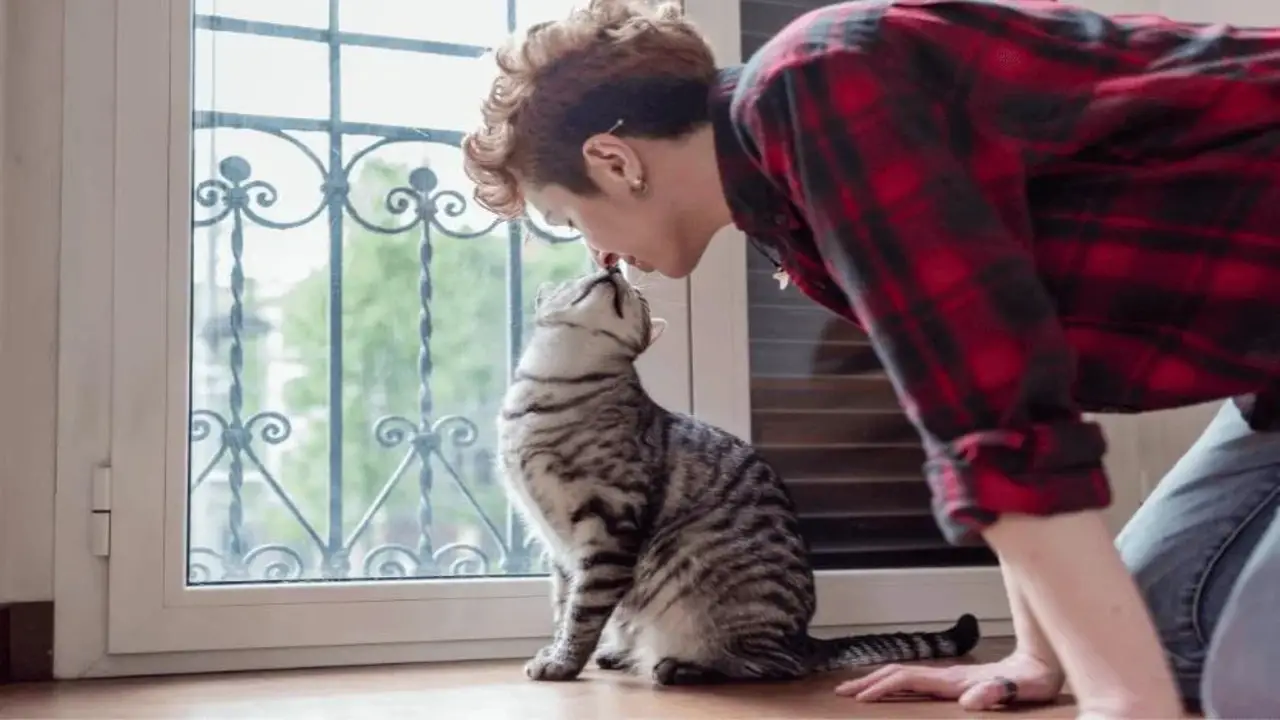
As much as cats are known for their independent and solitary nature, socialization is still vital to their well-being. Socialization refers to how a cat is trained to interact positively with its environment, other animals and humans.
During this early developmental period, cats learn important social skills like communication, play, and problem-solving. Without proper socialization, cats may develop negative behaviors, such as aggression, fear, and anxiety. Socialization can be achieved through various means, including exposure to stimuli, regular human interaction, and playtime with other cats.
Socialization also helps cats build confidence and trust, which is crucial for their overall mental and emotional health. It makes them feel secure in their surroundings and develop healthy relationships with their owners and pets.
When Do Cats Start Sitting On Your Lap?
Cats are known for their independent nature, but many cat owners crave the affection and companionship of a cuddly lap cat. So, when do cats start sitting on your lap? The answer varies from cat to cat, as each feline has unique personalities and preferences.
Some kittens may naturally seek out laps for warmth and comfort as early as 8 weeks old, while others may take several months or even years to become comfortable sitting on laps. It’s important to remember that forcing your cat to sit on your lap or trying to train them to do so can be counterproductive and lead to stress and anxiety for both you and your furry friend.
Instead, try creating a comfortable and inviting environment for your cat, offering them treats and toys to associate positive experiences with sitting on your lap. Patience and understanding are key to building a strong bond with your cat, and eventually, your feline friend may just surprise you with a cozy lap snuggle.
How Do I Get My Cat To Sit On My Lap Again?
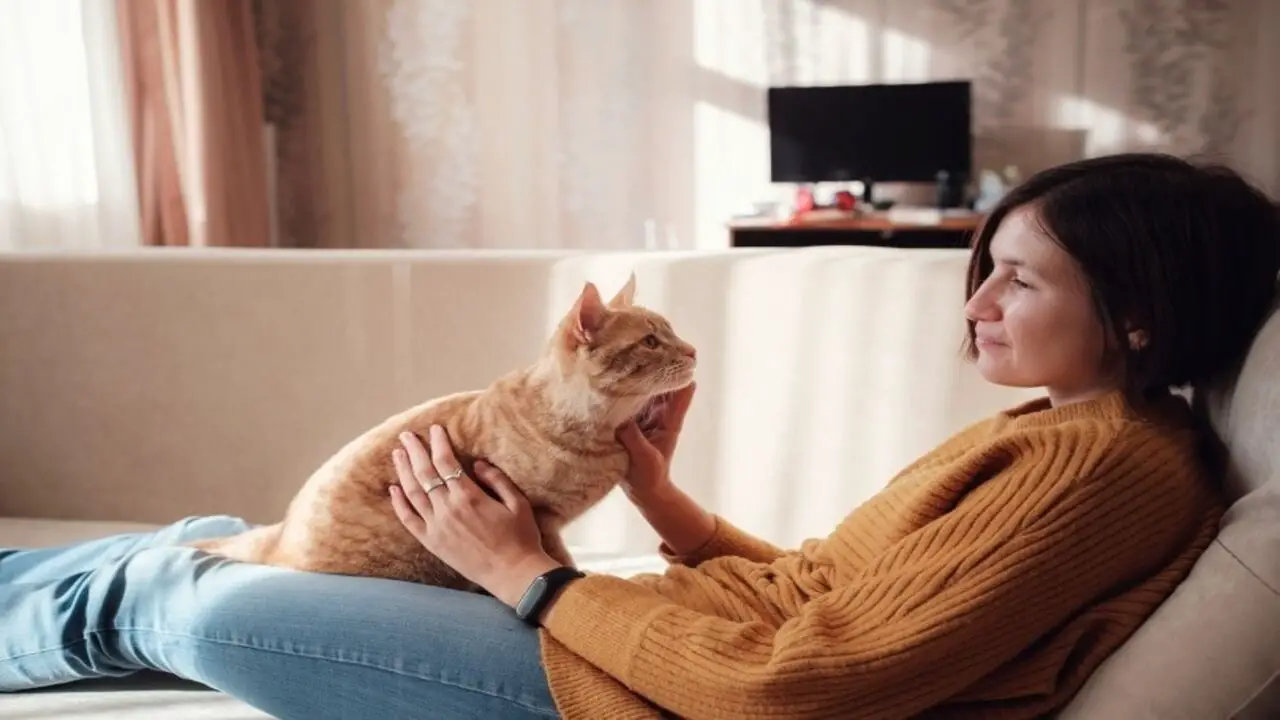
If your cat has stopped sitting on your lap, there are a few things you can try to encourage them to return to this affectionate behavior. Firstly, make sure that you are providing a comfortable and inviting space for your cat to sit. Place a soft blanket or cushion on your lap, and create a cozy environment that they will enjoy.
Additionally, try offering your cat a tasty treat or their favorite snacks while they are on your lap. This positive reinforcement can help them associate sitting on your lap with something enjoyable. Finally, pay attention to your cat’s body language and preferences.
Some cats may prefer sitting in certain favorite spots or being petted in specific ways. By understanding and accommodating their individual preferences, you can increase the likelihood of them choosing to sit on your lap again.
Create A Secure Environment For Your Cat:
Sadly, some cats no longer enjoy being petted or sitting on a lap. It may be due to a change in their environment or simply because they no longer feel safe. Start by playing with your cat and offering small treats as rewards to fix the problem. This will help to build trust between you and your cat. Next, let your cat watch television or eat from a dish on the ground.
This will create a safe space for her and prevent her from feeling overwhelmed. If your cat still doesn’t want to be petted or sit on your lap. Removing any problematic toys and keeping the play area clean is essential. Finally, ensure a secure environment for your cat by setting up boundaries. This means setting boundaries for your cat’s food and water dishes and the area where she can and cannot play. Doing this will help your cat feel secure and safe in the home.
How Can I Make Sure My Cat Is Secure And Comfortable On My Lap?
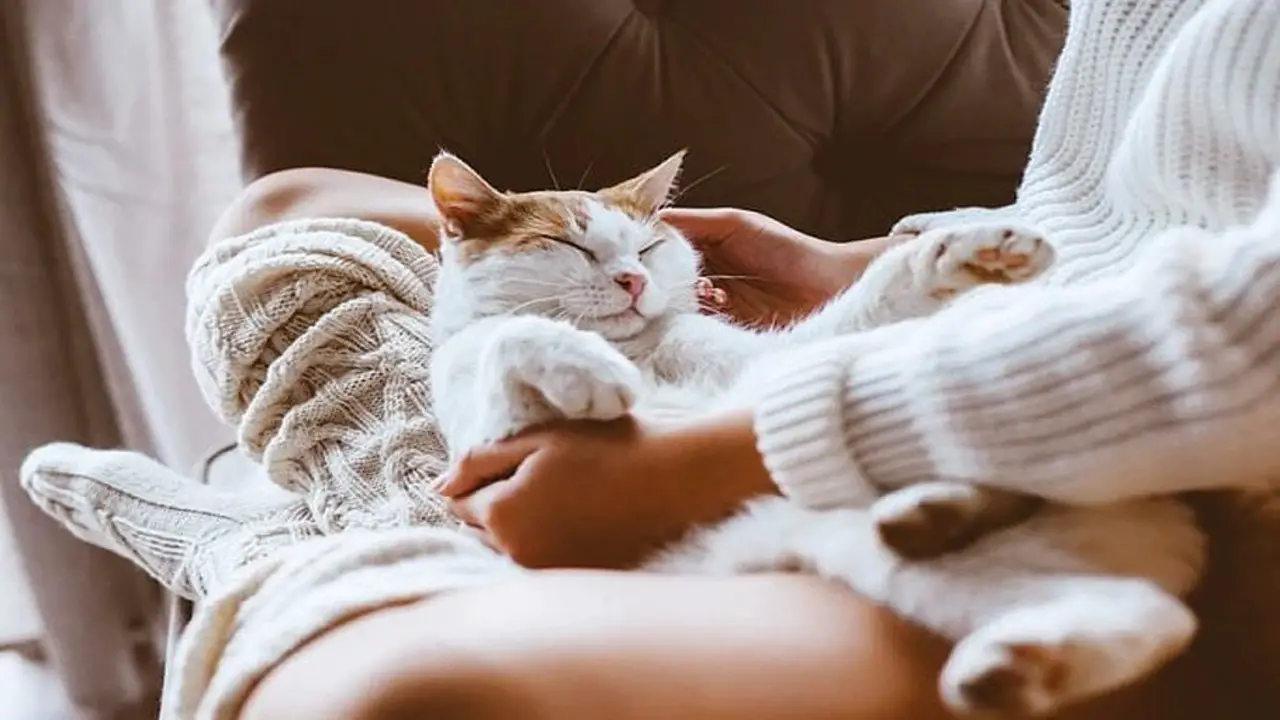
Creating a secure and comfortable environment for your cat when they are sitting on your lap is key to fostering a trusting relationship. To ensure that your cat feels safe and relaxed in this situation, start by setting up boundaries. This means setting boundaries for where they can and cannot play, as well as their food and water dishes.
Doing this will help them feel secure in the home. Additionally, make sure that the area where they are sitting is comfortable and inviting. Place a soft blanket or cushion on your lap, and consider offering them treats or their favourite toys while they are with you. This positive reinforcement can help them associate sitting on your lap with something enjoyable.
Finally, pay attention to your cat’s body language and preferences – some cats may prefer sitting in certain favourite spots or being petted in specific ways. Understanding and accommodating their individual preferences can increase the likelihood of them wanting to stay on your lap for a longer period of time.
Why Does My Cat Hate Me All Of A Sudden?
If your cat suddenly seems to hate you, it can be a confusing and upsetting experience. However, there are many reasons why a cat’s behavior may change seemingly out of nowhere. One possibility is that your cat is experiencing pain or discomfort, causing them to act out. Another option is that there has been a change in their environment or routine that is causing them stress.
Cats can also become agitated or aggressive if they are not getting enough exercise or mental stimulation. Suppose you are concerned about your cat’s sudden change in behavior. In that case, it may be helpful to consult with a veterinarian or animal behaviorist who can help identify the underlying cause and provide guidance on how to address it.
Patience and love will usually do the trick if that’s not an option. Ensure all toys, food, and water dishes are accessible to your cat, and try to engage them in activities they enjoy – like playing with a kitty toy. If you’re having trouble adjusting to the changes, it might help to keep a diary of your cat’s behavior to see if there’s any rhyme or reason to it all.
What If My Cat Never Wants To Sit On My Lap Again?
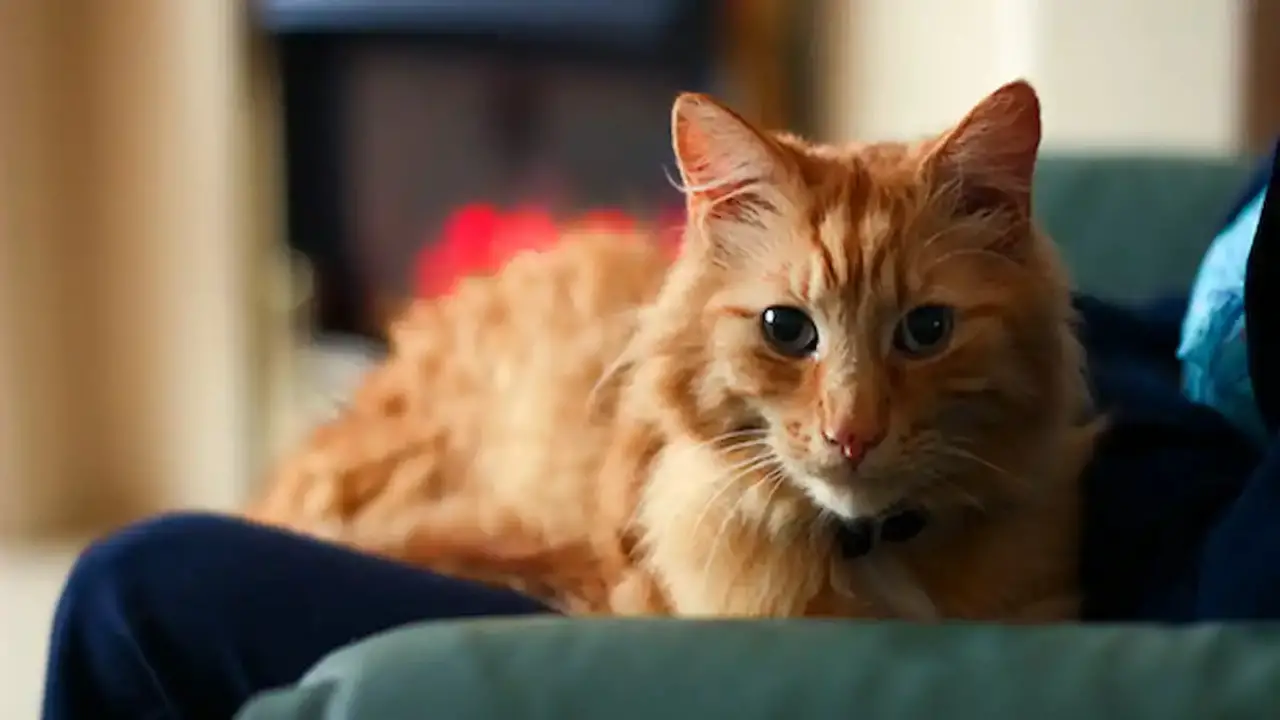
If your cat has stopped wanting to sit on your lap, it could be due to a variety of reasons. Cats are known for being independent creatures and may simply prefer their own space. Cats are independent animals and their preferences can change over time. Here are a few possible explanations:
- Health Issues: Cats may avoid sitting on your lap if they are experiencing pain or discomfort. It’s important to rule out any medical conditions by taking your cat to the vet for a check-up.
- Stress Or Anxiety: Cats are sensitive creatures and changes in their environment or routine can cause them to feel stressed or anxious. If they associate sitting on your lap with negative experiences, they may choose to avoid it.
- Aging: As cats get older, their behaviors and preferences may change. They may become less interested in sitting on laps and more inclined to find their own cozy spots.
- Previous Negative Experiences: If your cat had a bad experience while sitting on your lap, they may have developed a negative association with it and choose to avoid it in the future.
Final Word
Making your cat a part of the family is good by talking with them and being more social. There are several reasons why your cat may not be sitting on your lap as much as they used to. It could be due to changes in their environment, health issues, or simply a change in their preferences. As a cat owner, it’s important to observe your feline’s behavior and take note of any changes.
If you’re concerned about their lack of lap-sitting, it’s always a good idea to consult a veterinarian to rule out any underlying health issues. Ultimately, every cat is unique and may have their own preferences, so it’s important to respect their boundaries and continue showing them love and affection in ways they enjoy. We hope you understand Why won’t my cat sit on my lap anymore.
Frequently Asked Questions
1.Should You Worry If Your Cat Stops Cuddling?
Ans: No, there is no need to worry if your cat stops cuddling. Cats have their own unique personalities and preferences for affection. It is normal for them to change their behavior from time to time.
2.What Can I Do To Get My Cat To Sit On My Lap Again?
Ans: To get your cat to sit on your lap again, create a comfortable and inviting space for them, use positive reinforcement such as treats or praise when they do sit on your lap, and give them time and patience to feel comfortable and trust you again.
3.How Can I Make My Cat Feel Safe On My Lap?
Ans: To make your cat feel safe on your lap, create a comfortable and quiet environment, provide a soft blanket or pillow for them to sit on, pet them gently, speak softly, and avoid sudden movements. Also, let them come to you and don’t force them onto your lap.
4.Why Can’t My Cat Jump Up Anymore?
Ans: There could be several reasons why your cat is unable to jump up anymore. It could be due to age-related issues, such as arthritis or joint pain, which may affect their mobility.
5.How Do I Get My Cat To Love Me Again?
Ans: To get your cat to love you again, give them space and time to adjust if they are acting distant. Offer them treats, toys, and playtime to engage with them and create positive associations.
6.Why Won’t My Cat Let Me Hold Her Anymore?
Ans: It is possible that your cat no longer enjoys being held due to a variety of reasons. Cats are independent animals and may have different preferences for physical contact.

Aquarium passion is all about connecting with the aquatic life and providing education to the public on the importance of these creatures. We showcase a wide variety of marine life through our exhibits as well as working with schools to provide unique learning opportunities for students of all ages.

